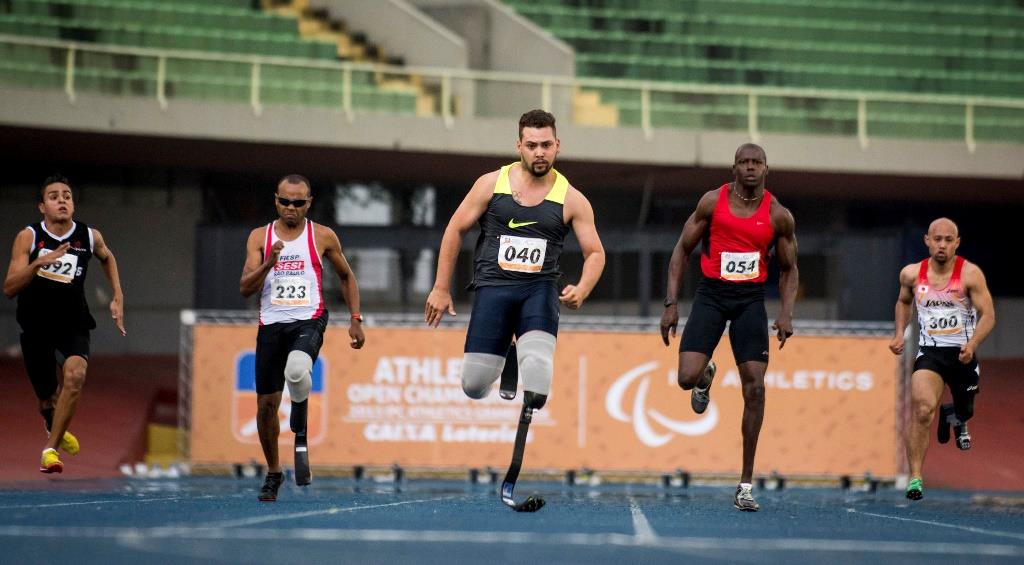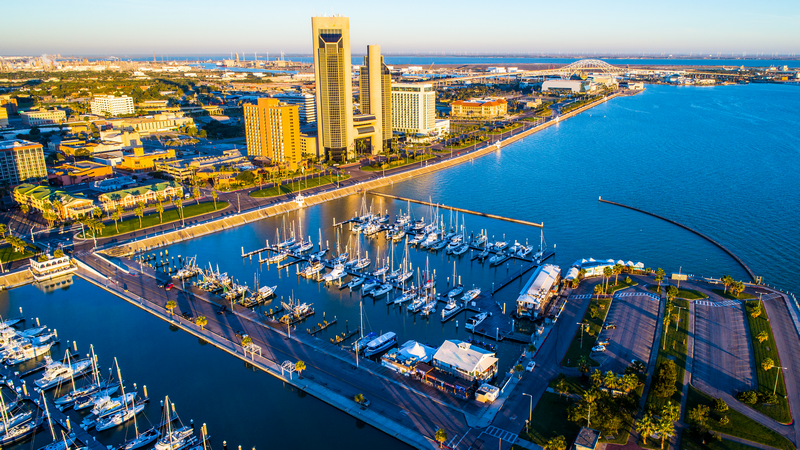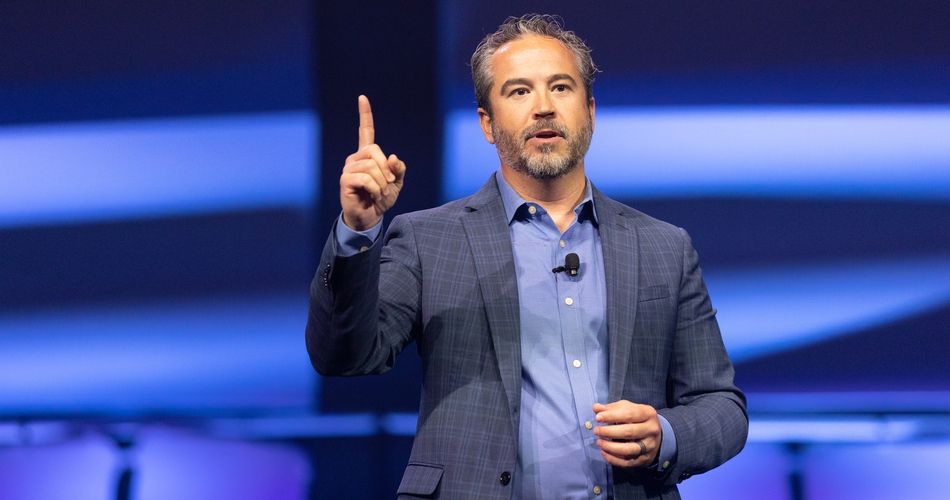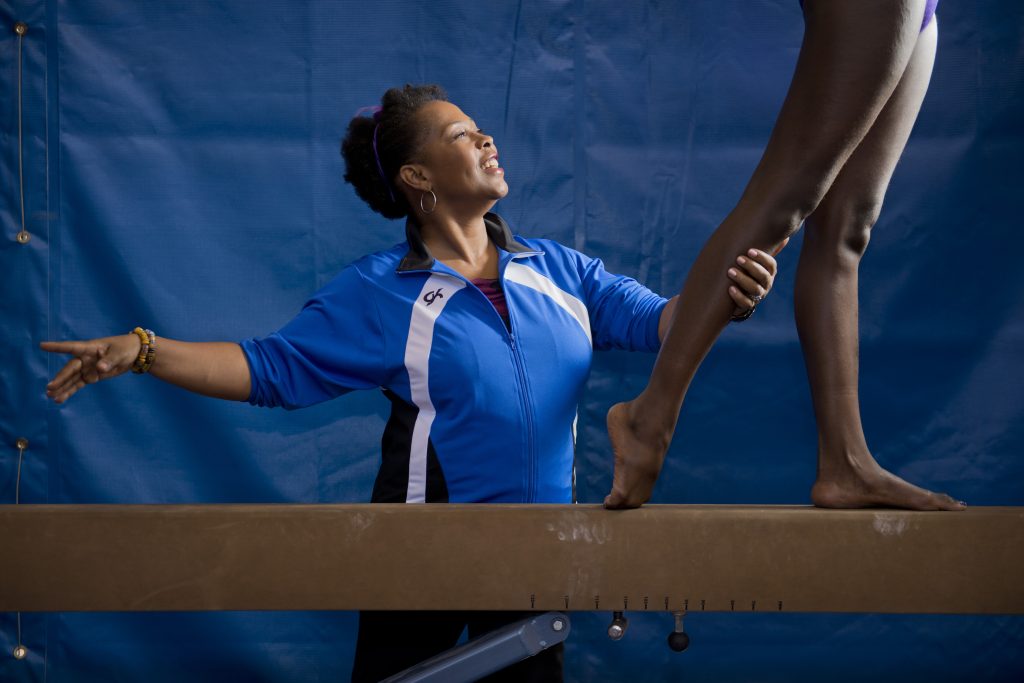Spirit of Responsible Sports
On September 13, 2017, the 130th International Olympic Committee (IOC) Session will convene in Lima, Peru, where the IOC will announce the host of the 2024 Summer Olympic Games. It’s also where the winning city will assume a global leadership role in advancing the practice of responsible sports.
Read More








